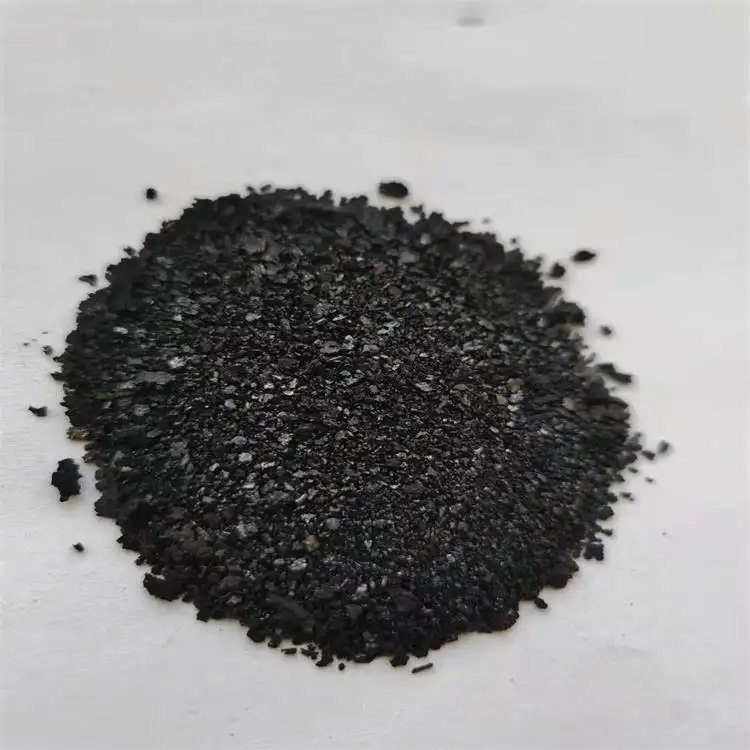Exploring the Rich History of Indigo Dye in Textile Creation and Cultural Significance
Indigo Dye Fabric A Journey Through History and Craftsmanship
Indigo dye has a rich and vibrant history that spans thousands of years, marking its significance across many cultures and societies. The deep blue hue produced by indigo dye is not just visually striking; it also holds cultural, economic, and environmental importance. As we delve into the history and the processes of creating indigo dye fabric, we uncover a fascinating story that intertwines art, tradition, and sustainability.
The use of indigo as a dye dates back to ancient civilizations. Evidence suggests that indigo dyeing was practiced as early as 2500 BC in regions such as the Indus Valley, ancient Egypt, and later in China and Africa. The discovery of the dyeing process came from the fermentation of indigo leaves from plants, particularly indigofera tinctoria. The leaves are harvested, soaked, and fermented, leading to the release of the blue pigment, which can then be applied to fabrics. The entire process requires a deep understanding of chemistry and artisanship, reflecting a bond between nature and humans.
Indigo dye has played a significant role in trade and economy throughout history. In ancient times, the production of indigo was labor-intensive, leading to high-value textiles that were often reserved for royalty and the elite. Indian indigo, for instance, became highly sought after in Europe during the Middle Ages and Renaissance, where it was traded for other commodities. The demand for indigo led to large-scale cultivation, particularly in colonial times, albeit often at the cost of local communities, whose traditional practices were overshadowed by commercial exploitation.
As indigo dyeing spread across Asia, Africa, and the Americas, it intertwined with local cultures and traditions. In Japan, for instance, the art of “shibori,” a technique of indigo dyeing that involves stitching, binding, and folding fabric, has evolved into a respected form of art. Today, textiles such as “boro,” which are repurposed and patched garments dyed with indigo, have become iconic representations of Japanese culture. Similarly, in West Africa, indigo dyeing is a communal activity steeped in tradition, where the process is not only about the dyeing itself but also about the storytelling and connection of the community members involved.
indigo dye fabric

In recent years, there has been a resurgence of interest in indigo dyed fabrics, particularly with the growing emphasis on sustainable and ethical fashion. Fast fashion has created a demand for cheap textiles, which often leads to harmful environmental and social practices. However, many artisans and designers are returning to traditional indigo dyeing methods, recognizing the need to preserve these ancient crafts. By utilizing natural indigo and eco-friendly processes, they contribute to a more sustainable fashion industry.
Moreover, the aesthetic appeal of indigo dye fabrics cannot be overlooked. The unique variations in color and patterns achieved through artisanal dyeing create one-of-a-kind pieces that resonate with consumers seeking individuality in their clothing. Each indigo-dyed item tells a story—one of the land it comes from, the hands that made it, and the traditions it carries.
Indigo dye fabric continues to inspire contemporary designers who blend traditional techniques with modern styles. From high fashion runway pieces to casual streetwear, the versatility of indigo dye allows it to transcend cultural boundaries and find a place in various fashion contexts. Collaborations between fashion designers and traditional artisans are breathing new life into indigo textiles, fostering cross-cultural appreciation and understanding.
In conclusion, indigo dye fabric is more than just a fashion statement; it is a symbol of heritage, craftsmanship, and sustainable practices. As we embrace the beauty and history of indigo dyed textiles, we also acknowledge their role in shaping economic and cultural landscapes across the globe. By supporting traditional artisans and sustainable practices, we can contribute to the preservation of this incredible art form, ensuring that the deep blue legacy of indigo continues to thrive for generations to come.
-
Innovating Bromo Indigo Excellence
NewsAug.23,2025
-
Pioneering Indigo Plant Dye Excellence
NewsAug.23,2025
-
Leading Sulphur Black Dyes Enterprise
NewsAug.23,2025
-
Sulphur Black Dyes Light Resistance
NewsAug.23,2025
-
Indigo Blue Granular Industrial Uses
NewsAug.23,2025
-
Bromo Indigo Synthetic Production Process
NewsAug.23,2025
-
The Timeless Art of Denim Indigo Dye
NewsJul.01,2025

Sulphur Black
1.Name: sulphur black; Sulfur Black; Sulphur Black 1;
2.Structure formula:
3.Molecule formula: C6H4N2O5
4.CAS No.: 1326-82-5
5.HS code: 32041911
6.Product specification:Appearance:black phosphorus flakes; black liquid

Bromo Indigo; Vat Bromo-Indigo; C.I.Vat Blue 5
1.Name: Bromo indigo; Vat bromo-indigo; C.I.Vat blue 5;
2.Structure formula:
3.Molecule formula: C16H6Br4N2O2
4.CAS No.: 2475-31-2
5.HS code: 3204151000 6.Major usage and instruction: Be mainly used to dye cotton fabrics.

Indigo Blue Vat Blue
1.Name: indigo blue,vat blue 1,
2.Structure formula:
3.Molecule formula: C16H10N2O2
4.. CAS No.: 482-89-3
5.Molecule weight: 262.62
6.HS code: 3204151000
7.Major usage and instruction: Be mainly used to dye cotton fabrics.

